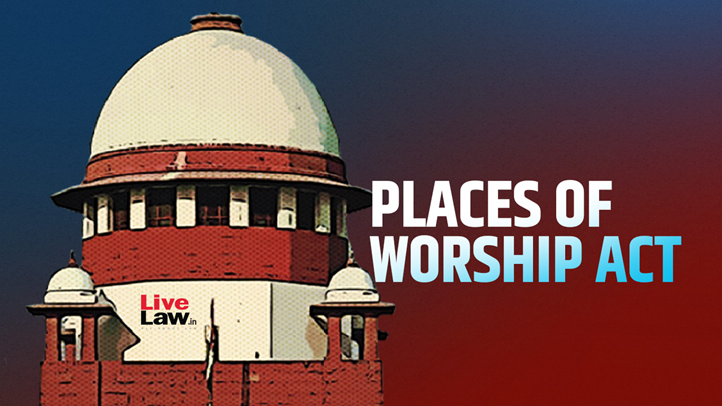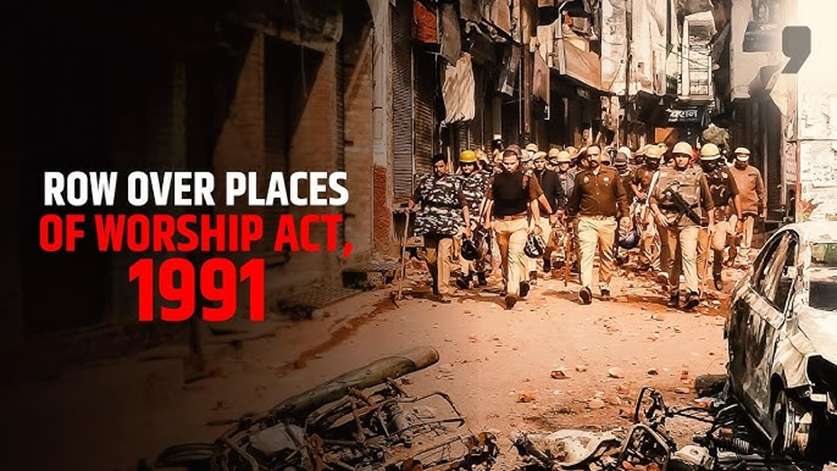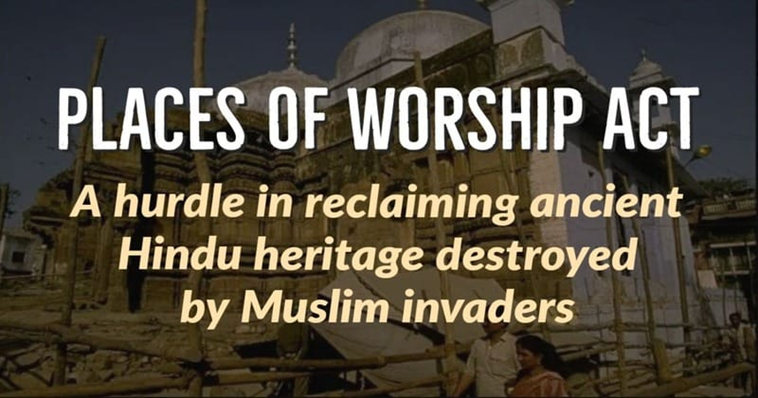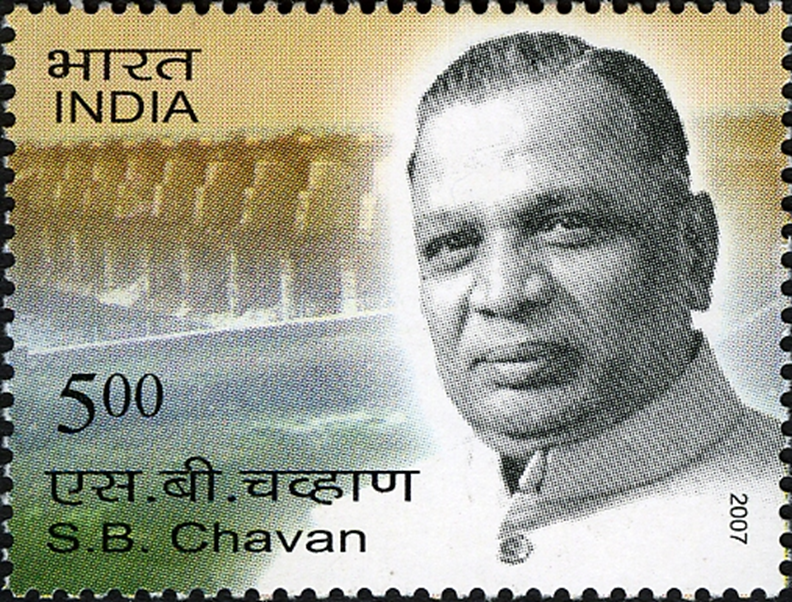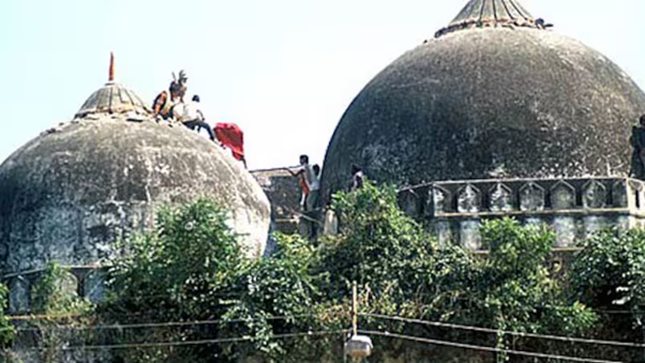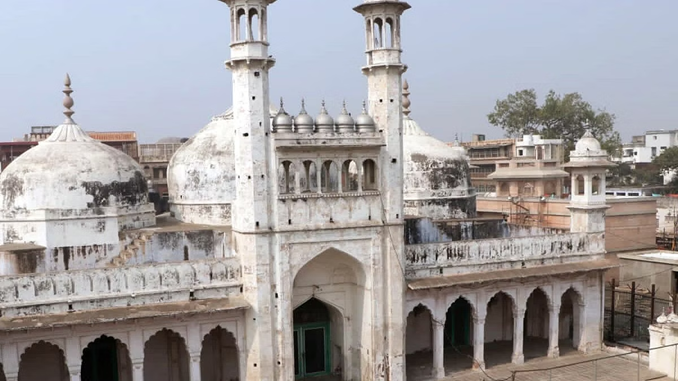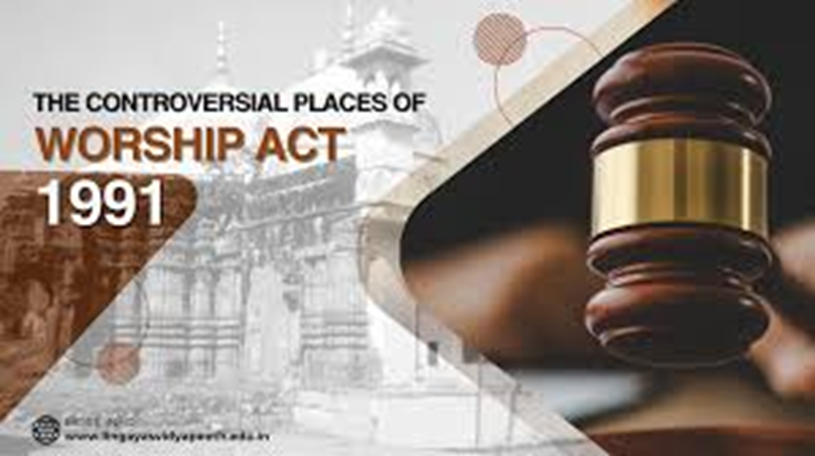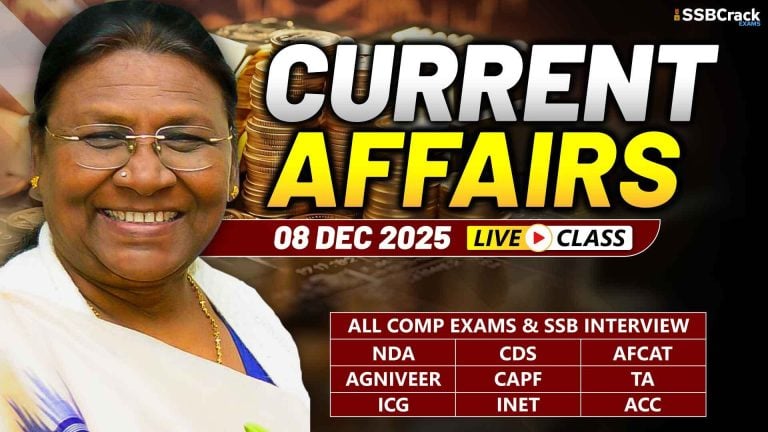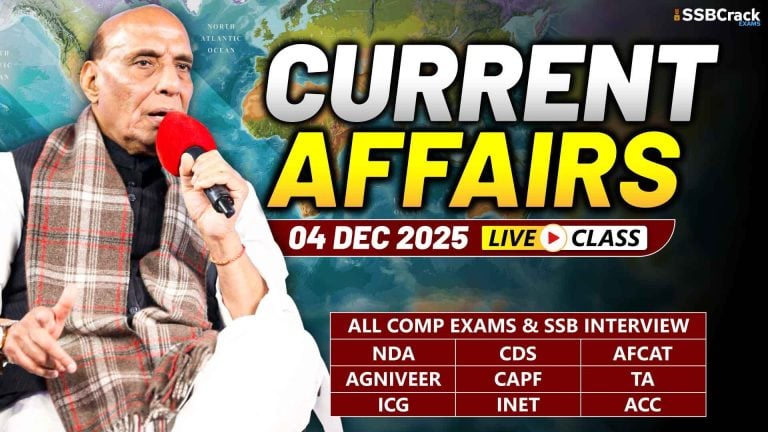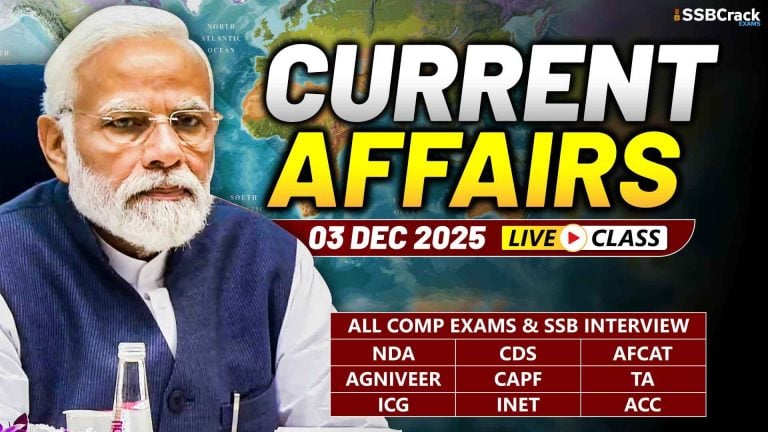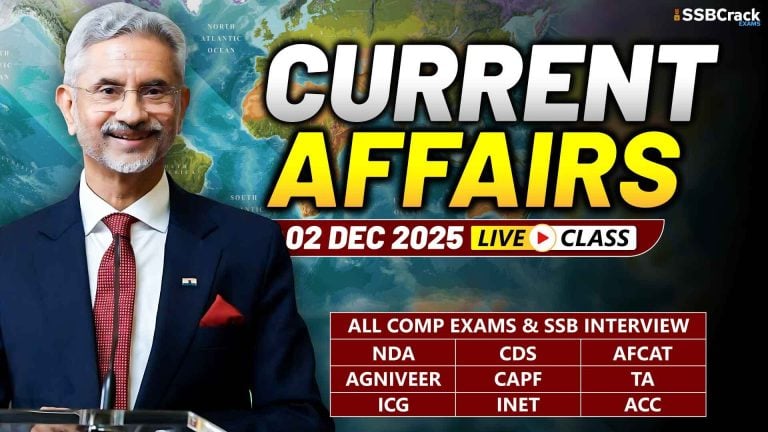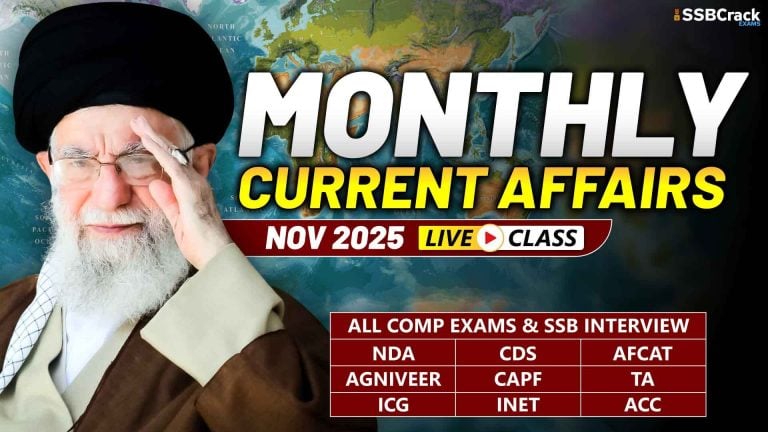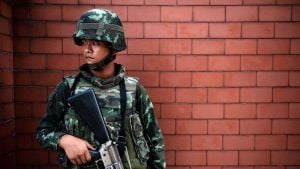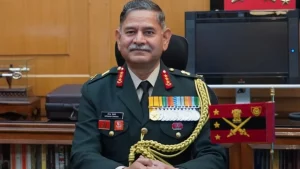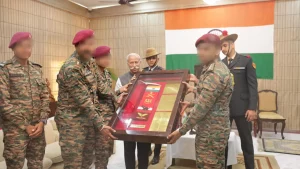Supreme Court will hear Public Interest Litigations (PILs) challenging the provisions of the controversial Places of Worship Act, 1991 that prohibits filing a lawsuit to reclaim religious sites or change their character as they stood since August 15, 1947. A special bench led by Chief Justice of India Sanjiv Khanna and comprising Justices Sanjay Kumar and KV Viswanathan will hear the case. The petitioners argue that the act infringes fundamental rights under Article 14 (Right to equality) and Article 25 (Freedom of religion) of the Constitution.
What Is The Controversial Places Of Worship Act
Why In News
- Supreme Court will hear Public Interest Litigations (PILs) challenging the provisions of the controversial Places of Worship Act, 1991 that prohibits filing a lawsuit to reclaim religious sites or change their character as they stood since August 15, 1947.
- A special bench led by Chief Justice of India Sanjiv Khanna and comprising Justices Sanjay Kumar and KV Viswanathan will hear the case. The petitioners argue that the act infringes fundamental rights under Article 14 (Right to equality) and Article 25 (Freedom of religion) of the Constitution.
What Is The Places of Worship Act, 1991
- It was enacted to freeze the status of religious places of worship as they existed on August 15, 1947, and prohibits the conversion of any place of worship and ensures the maintenance of their religious character.
- Section 3 of the Places of Worship (Special Provisions) Act, 1991 restricts the conversion of a religious place from one faith to another. While sections 1 and 2 pertain to the title and definitions in the Act.
- Section 4 deals with declarations of religious character of places of worship and the bar of jurisdiction of courts. Section 4(1) declares that the religious character of a place of worship as on August 15, 1947, will be preserved.
- Section 4(2) states that any ongoing legal case or appeal about changing the religious character of a place of worship as it existed on this date was automatically abated; and no new proceedings will now be entertained.
- If a case or appeal is filed in this regard or it was ongoing when this Act came into effect, it will continue and be resolved according to the rules laid out in the Act. Places of Worship (Special Provisions) Act, 1991 was brought in by the Congress government under Prime Minister PV Narasimha Rao in the midst of the Ram Temple movement. The Bill, tabled by SB Chavan in the Lok Sabha in August 1991, was passed on September 10, 1991. It received Rajya Sabha assent two days later.
Exceptions To Section 4 Of The Act?
- There are five exceptions to the Section 4 of the Act that deals with maintaining the religious character of places of worship.
- Places of worship that are classified as ancient or historical monuments, or archaeological sites protected under the Ancient Monuments and Archaeological Sites and Remains Act
- Any legal case, appeal, or proceeding related to matters mentioned in section 4(2) that was already decided, resolved, or settled by a court, tribunal, or other authority before this Act came into effect;
- Disputes in which the parties involved settled the matter among themselves before the Act came into effect;
- If the religious character of a place of worship was changed by acquiescence; and If the conversion of a place of worship occurred before the Act’s commencement and cannot be legally challenged due to expiration of the time limit under existing laws.
- Section 5 states that the act does not apply to the Ram Janmabhoomi-Babri Masjid case. “Nothing contained in this Act shall apply to the place or place of worship commonly known as Ram Janma Bhumi-Babri Masjid situated in Ayodhya in the State of Uttar Pradesh and to any suit, appeal or other proceeding relating to the said place or place of worship.”
Petitions Against The Act In Court
- The matter will be heard in the backdrop of several suits filed in courts, including those related to the Gyanvapi Mosque in Varanasi, Shahi Idgah Mosque in Mathura and Shahi Jama Masjid in Sambhal, claiming these were built after destroying ancient temples and seeking permission to allow the Hindus to offer prayers there.
- Muslim side, in most of these cases, has cited the 1991 law to argue that such suits are not maintainable.
- As many as six petitions, including those filed by former Rajya Sabha MP Subramanian Swamy, have been filed against the provisions of the 1991 law.
- Meanwhile, Jamiat Ulama-i-Hind had cited the five-judge Constitution bench judgment in the Ram Janmabhoomi-Babri Masjid title case, noting the reference to the Places of Worship (Special Provisions) Act, 1991, to argue that the law cannot be set aside now.
- Supreme Court had on March 12, 2022, sought the Centre’s response to the plea filed by Ashwini Upadhyay challenging the validity of certain provisions of the law.
- Petition alleged the 1991 law creates an “arbitrary and irrational retrospective cut-off date” of August 15, 1947, for maintaining the character of the places of worship or pilgrimage against encroachment done by “fundamentalist-barbaric invaders and law-breakers”.

